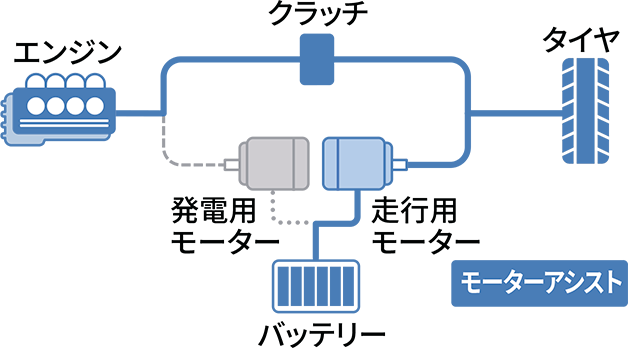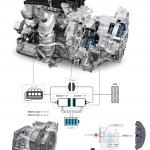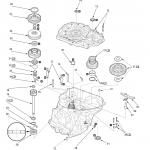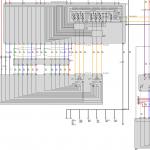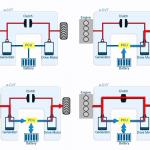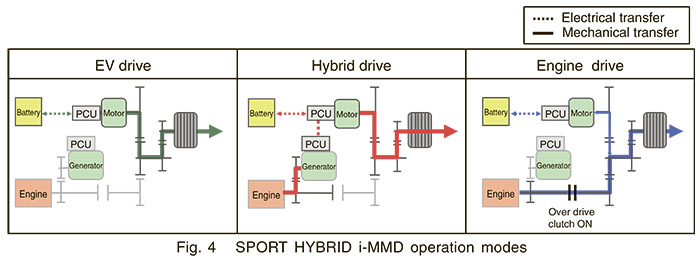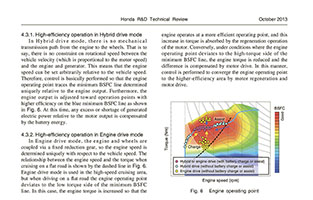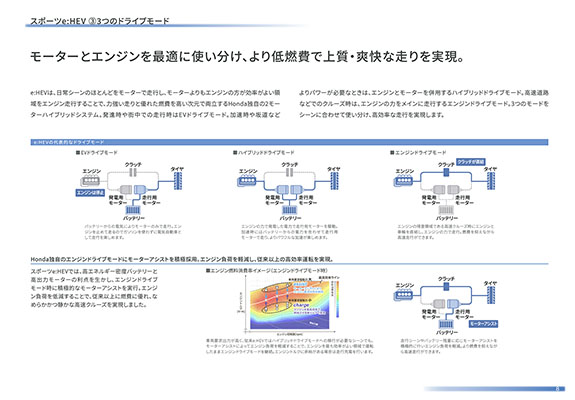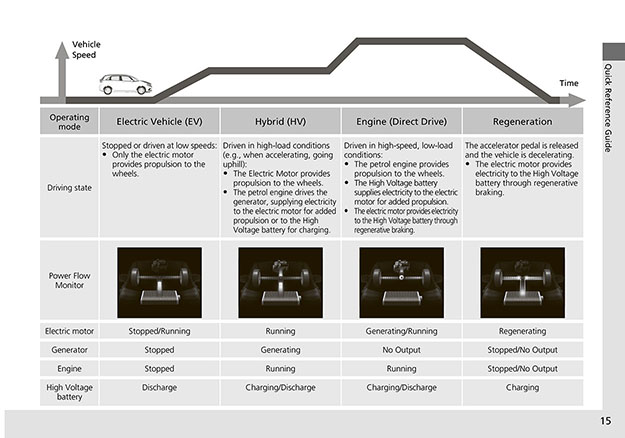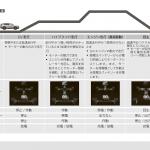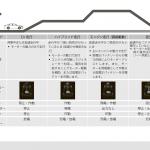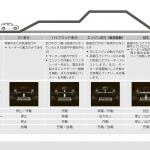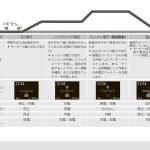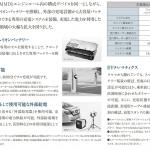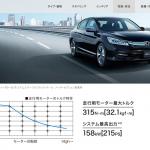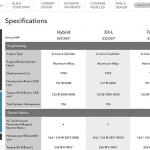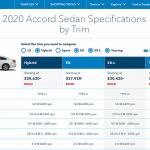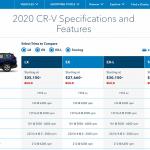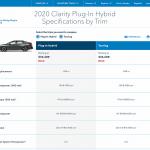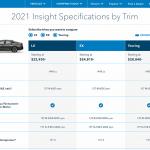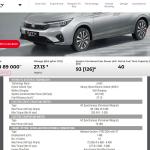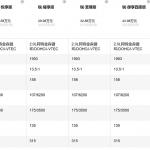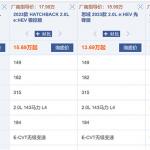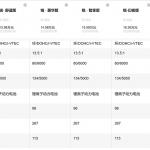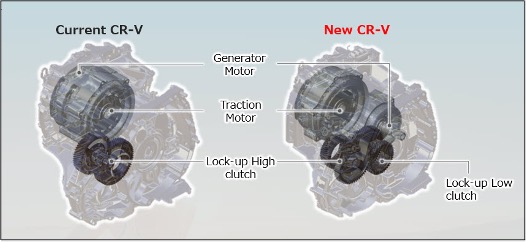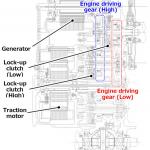|
Eugenio,77
Addendum to the article: "Typology of Japanese hybrids" The Honda i-MMD (e:HEV) hybrid system has been subject to a lot of discussion and speculation regarding its power output. Someone claimed that the total power cannot be calculated by adding the power of the engine and electric motor. However, a closer look at the technical documentation and industry standards reveals that these claims are unfounded. 1. Simultaneous drive It is unacceptable to agree with the persistent myth being introduced into the automotive community that "i-MMD does not have a mode for driving the wheels simultaneously from both the ICE and electric motor." The i-MMD (Intelligent Multi-Mode Drive) or e:HEV system is a series-parallel hybrid setup. The transmission with a fixed gear ratio includes two electric motors - a generator driven by the ICE and a traction electric motor - and an overdrive clutch that allows for mechanical drive from the ICE to the wheels. Possible operating modes of this system are: (1) electric motor wheel drive, powered by the battery; (2) electric motor wheel drive, generator drive from the ICE, powered by the battery and generator (series hybrid setup); (3-4) mechanical wheel drive from the ICE; (3-4) simultaneous mechanical wheel drive from the ICE and auxiliary electric motor drive, powered by the battery (parallel hybrid setup); (5) regenerative braking.
In the hypothetical "fourth" mode, the traction electric motor works simultaneously with the ICE to provide short-term power boost, or acts as a load damper, working as a generator or motor when ICE output becomes excessive or insufficient under driving conditions. This aspect has been repeatedly mentioned in various descriptions of the i-MMD system since its introduction in 2014. • in Engine Drive, the wheels driven by the petrol engine, with an ‘on-demand’ peak-power ‘boost’ available from the electric motor when you need to make a quick overtaking manoeuvre • Bei Bedarf liefert der E-Antriebsmotor unter bestimmten Bedingungen per Boost-Effekt zusätzliches Drehmoment • In engine drive mode, motor regeneration and assist are appropriately used to achieve optimal fuel efficiency • 走行シーンやバッテリー残量に応じモーターアシストを積極的に行いエンジン負荷を軽減。より燃費を抑えなが ら高速走行ができます。 • The third mode is called Engine drive mode. In this mode, the engine and axles are coupled at fixed gear ratios using a clutch, and the wheels are driven directly by the engine (the system operates as a parallel hybrid). In this case the motor performs assist and charging functions, and power is discharged from the Li-ion battery (assist) or charged to the Li-ion battery.
Here is how Ide Hirohito, Sunaga Yoshihiro, and Higuchi Naritomo described this process in the corporate scientific-popular journal "Honda R&D Technical Review" (referring to the very first generation of the system): High-efficiency operation in Engine drive mode In Engine drive mode, the engine and wheels are coupled via a fixed reduction gear, so the engine speed is determined uniquely with respect to the vehicle speed. The relationship between the engine speed and the torque when cruising on a flat road is shown by the dashed line in Fig. 6. Engine drive mode is used in the high-speed cruising area, but when driving on a flat road the engine operating point deviates to the low torque side of the minimum BSFC line. In this case, the engine torque is increased so that the engine operates at a more efficient operating point, and this increase in torque is absorbed by the regeneration operation of the motor. Conversely, under conditions where the engine operating point deviates to the high-torque side of the minimum BSFC line, the engine torque is reduced and the difference is compensated by motor drive. In this manner, control is performed to converge the engine operating point to the higher-efficiency area by motor regeneration and motor drive.
However, on the Japanese honda.co.jp website, there is a detailed description of the 'Motor Assist' function (applicable to the modern generation of the system):
Of course, this is known to every owner of a Honda hybrid who has ever read the user manual:
The same description is present in the manuals of all models on the Japanese market with this scheme: Accord CR6.CR5.CR7, CR-V RT5.RT6, Civic, Clarity, Honda Fit GR#, Insight ZE4, Odyssey RC4, Stepwgn RP5, Vezel RV5.RV6.
高速走行中かつ負荷が少ないとき • 主にエンジンの動力で走行 • 高電圧バッテリーからの電力供給によりモーターアシストします。また、モーターを発電機として作動させ高電圧バッテリーを充電します。 Thus, a formal "joint mode" of operation of the engine and electric motor (regardless of the question of the power developed during this mode) exists in all Honda models with i-MMD (e:HEV) hybrid transmissions. 2. Total power An example with an explicit indication of the total power exceeding the maximum output of the electric motor or engine individually can even be found in the documentation for Japanese market models (Accord CR6 and CR7 - 146 and 158 kW respectively):
For the American market, adding powers has always been the norm - as can be seen in screenshots from automobiles.honda.com for CR-V, Accord, Insight, Clarity:
The Indian market provides an example of calculating the total power of a hybrid system for the compact segment:
And, of course, one cannot ignore the Chinese experience (especially since Honda-Dongfeng and Honda-GAC joint ventures in terms of production volumes and model range exceed the parent company by about three times). For e:HEV models on the Chinese market, the manufacturer specifies the maximum power as the sum value (in kW): installations based on 2-liter engines - 149 (Civic/Integra, ZR-V) or 158 (Accord/Inspire, CR-V/Breeze, Odyssey/Elysion), based on 1.5-liter engines - 113 (Crider/Envix).
Thus, for its most important markets, Honda traditionally calculates the value of the total power of hybrid powertrains. Conclusions Firstly, it is important to note that a formal "joint mode" of operation exists in all Honda models with i-MMD hybrid transmissions, regardless of the power developed during this mode. Secondly, examples from various markets show that the total power of the system can indeed exceed the maximum output of the electric motor or engine individually. Finally, local industry standards classify cars with the i-MMD / e:HEV system as parallel hybrids, which means that adding powers to determine the tax base is justified and fair. Boost-mode as for i-MMD PHEV:
- What is meant by the fourth generation i-MMD?
This scheme is using since 2022 with the new generations of the CR-V and Accord for the US and Chinese markets. Vehicles are equipped with a GDI version of a 2-liter engine. The specs of the hybrid powertrain have changed as follows:
Upgrading the traction electric motor has allowed for an increase in the maximum speed of the car. The low speed lock-up clutch allows for more active use of the EngineDrive mode, even in city driving, as well as efficient towing. However, as can be seen, it is not limited to just one additional clutch.
- Why is the total power of the new generation much lower than the old one? The total power of the new generation is actually higher, but is indicated according to a different standard: previously, 212 HP SAE corresponded to 202 HP ISO net, now the power is 204 HP ISO net. In addition, it should be remembered that the 'horsepower' of the American market models (HP) differ from European and Japanese models (PS).
HEV typology : Toyota HSD ·
Daihatsu e-Smart ·
Honda i-MMD (e:HEV) ·
Toyota Hybrid :
E-Four ·
THS-C ·
HEV trans ·
BEV/FCEV ·
HEV trucks
|
|

